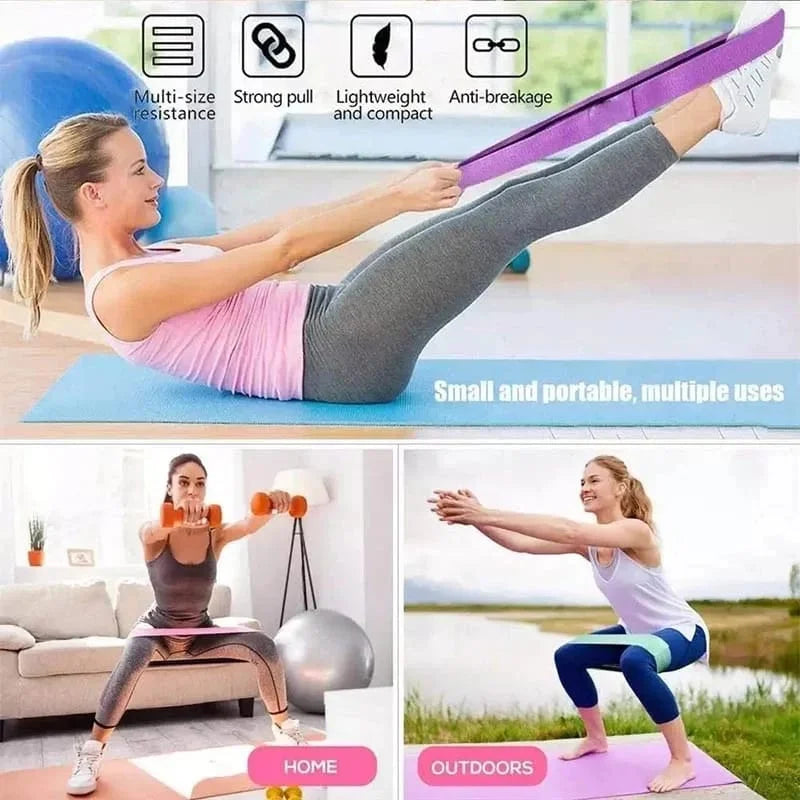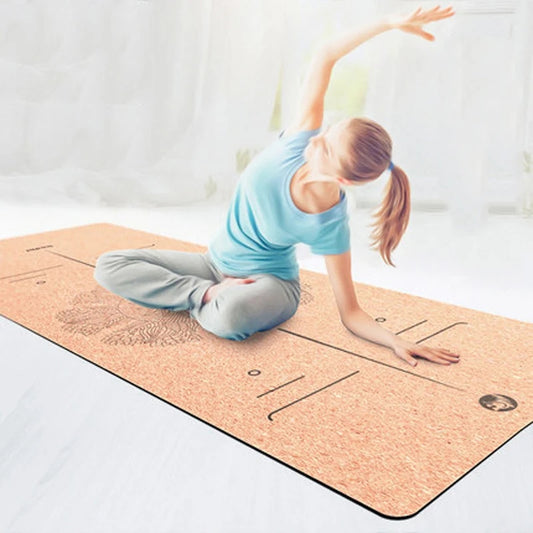The handstand is an advanced yoga and gymnastics pose that requires strength, balance, and proper technique. Here are some tips to help you work towards mastering the handstand:
-
Build Upper Body Strength: Handstands require significant upper body strength, particularly in the shoulders, arms, and core muscles. Incorporate exercises such as push-ups, shoulder presses, and forearm planks into your workout routine to build strength and stability.
-
Practice Against a Wall: Start by practicing handstands against a wall for support and stability. Place your hands on the ground shoulder-width apart, kick up one leg at a time, and gently press your heels against the wall to find balance. Use the wall for support as you work on finding your alignment and stacking your shoulders over your wrists.
-
Engage Your Core: Activate your core muscles by drawing your navel in towards your spine and engaging your abdominal muscles. A strong core is essential for maintaining balance and stability in the handstand.
-
Focus on Alignment: Pay attention to proper alignment in your handstand. Your shoulders should be stacked directly over your wrists, with your arms straight and engaged. Keep your head in a neutral position and gaze slightly forward to maintain balance.
-
Use Your Legs: Use your legs to help control your balance in the handstand. Engage your leg muscles and point your toes towards the ceiling to create a straight line from your fingertips to your toes.
-
Practice Kick-Ups: Practice kicking up into a handstand from a standing position. Start with one leg forward and one leg back, then kick up with the back leg while leaning forward and lifting the other leg to follow. Focus on controlled movements and finding balance as you kick up.
-
Stay Relaxed and Breathed: Try to stay relaxed and calm while practicing handstands. Focus on steady breathing and release any tension or fear that may arise. Remember that falling is part of the learning process, so approach your practice with patience and persistence.
-
Use Spotters or Props: If you're new to handstands or feeling unsure, practice with the assistance of a spotter or use props such as yoga blocks or a handstand trainer to help support your weight and build confidence.
-
Be Patient and Consistent: Handstands require time, dedication, and consistent practice to master. Be patient with yourself and celebrate small progressions along the way. Set realistic goals and commit to regular practice to improve your strength and balance over time.
-
Seek Guidance: Consider taking a handstand workshop or working with a qualified instructor who can provide personalized guidance, feedback, and spotting assistance to help you refine your handstand practice safely and effectively.
With dedication, patience, and perseverance, you can work towards mastering the handstand and experiencing the physical and mental benefits of this empowering pose.




















